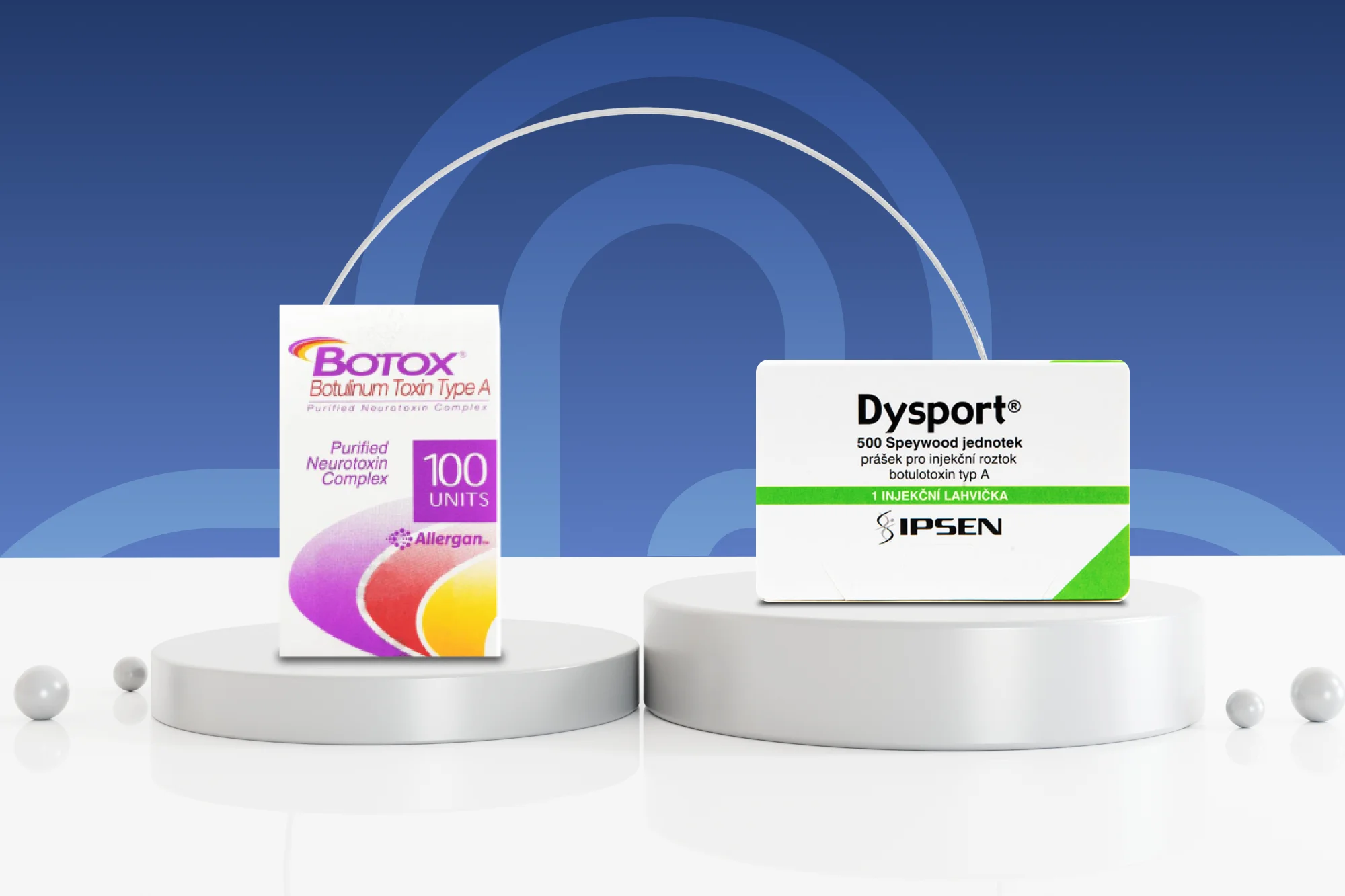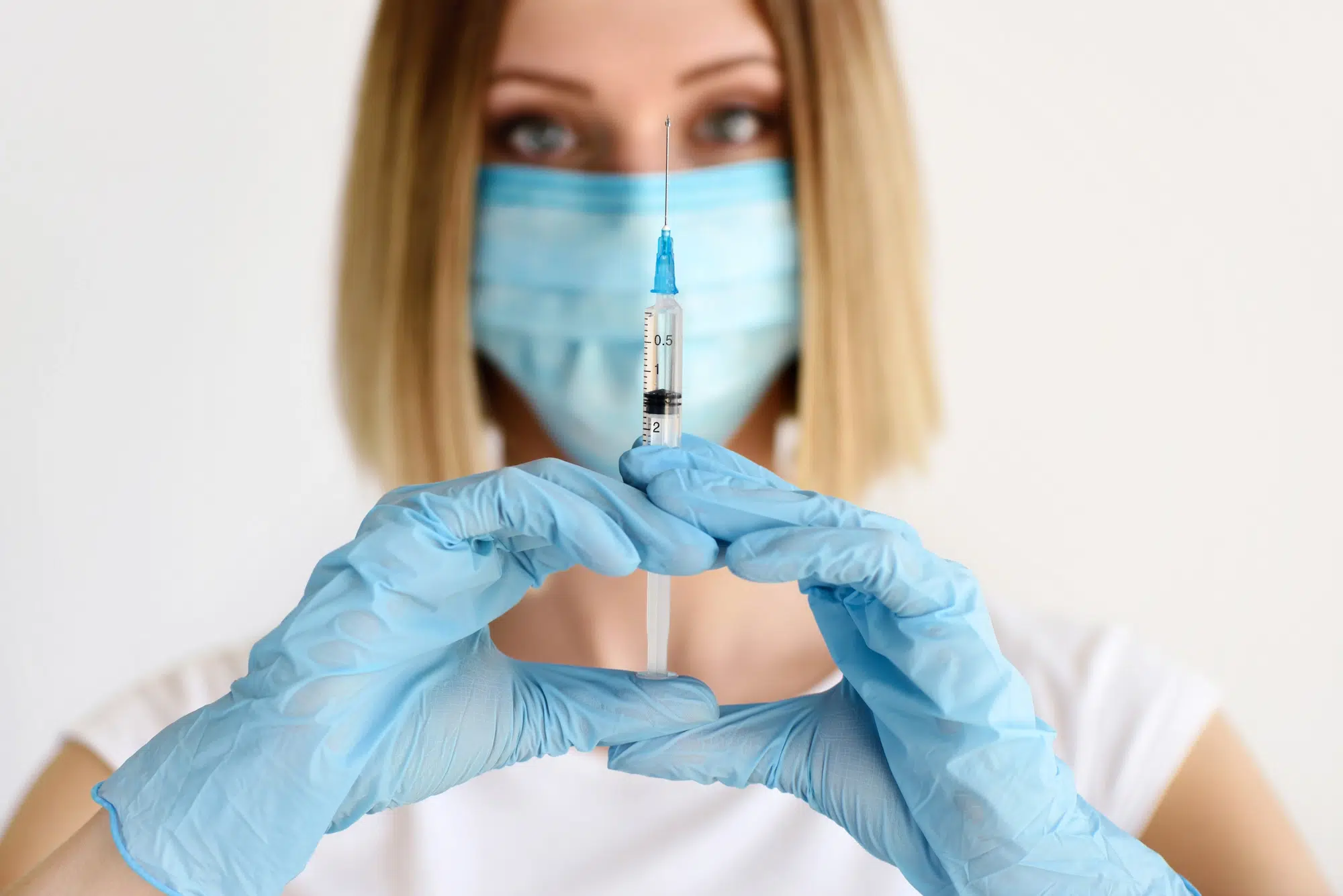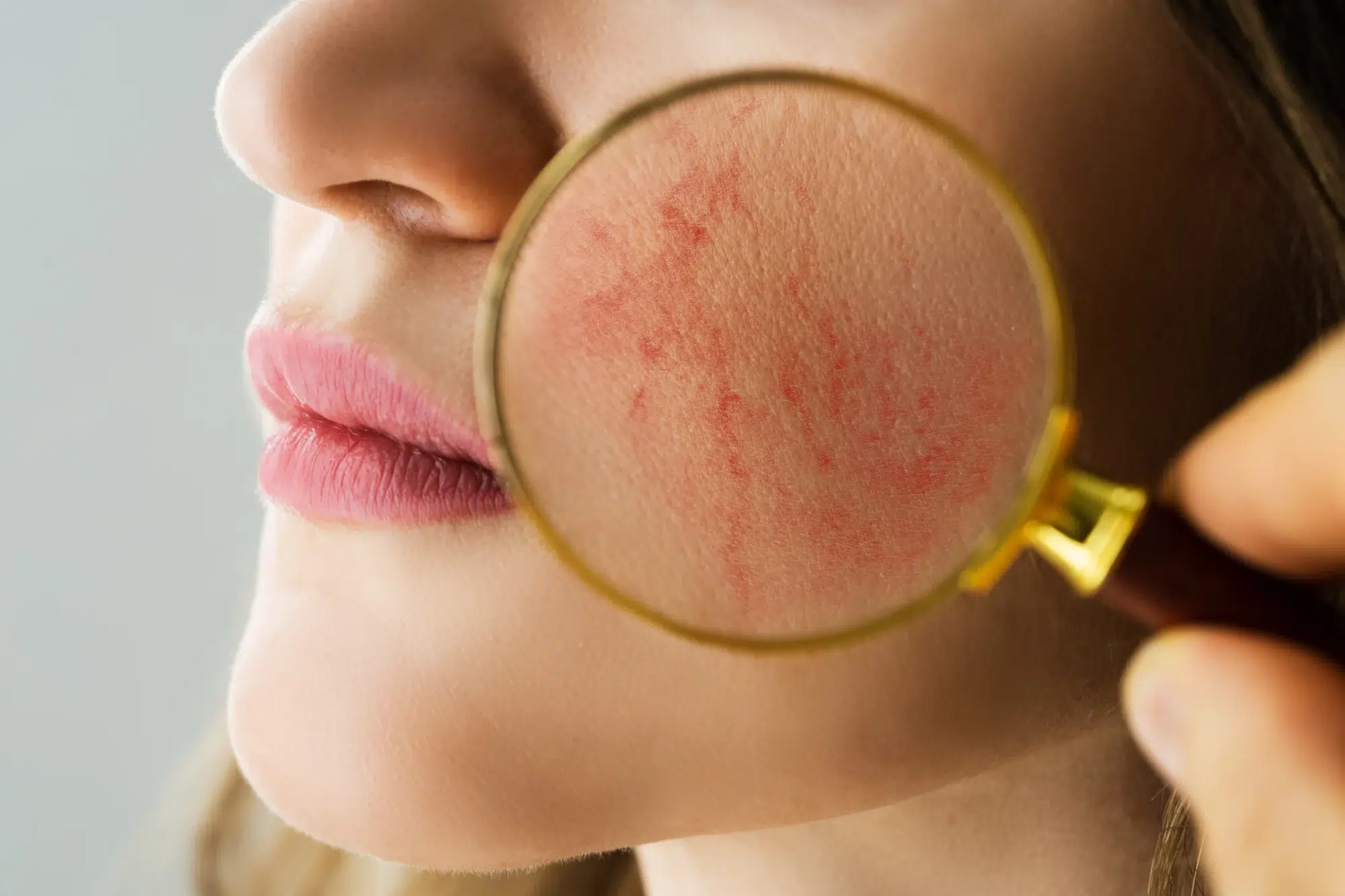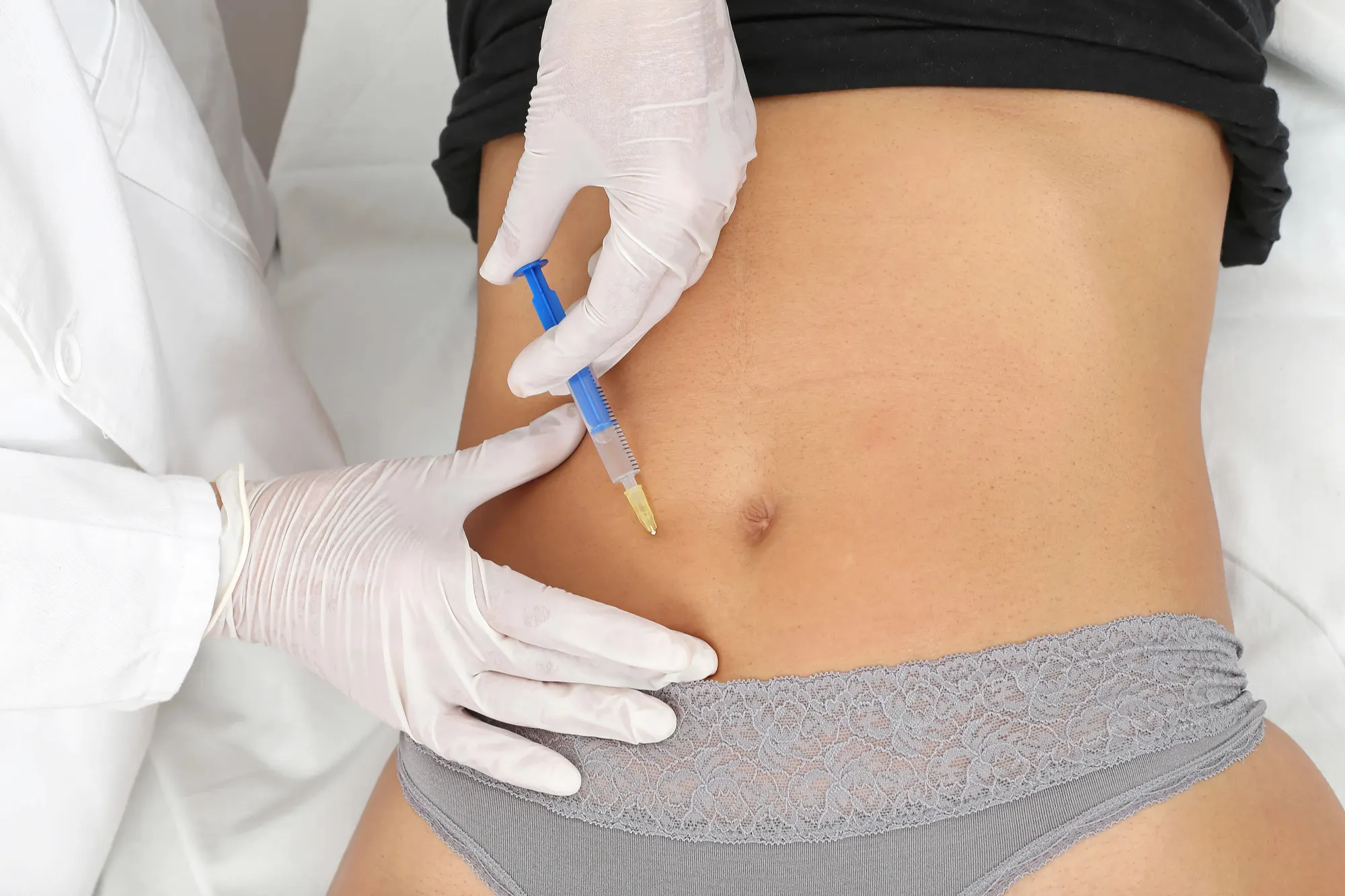Both Dysport and Botox Contain Botulinum Toxin
In 2009, a new competitor for Botox was approved for the US market, under the brand Dysport (abobotulinumtoxinA). Like Botox, Dysport is a botulinum toxin treatment indicated for wrinkle correction as well as certain movement disorders like spasticity and cervical dystonia. However, these two botulinum neurotoxin preparations were manufactured and purified via distinct, proprietary manufacturing processes. As such, injectables from Dysport and Botox have different properties in terms of duration of results, diffusion, adverse event profile, and potency, when compared to Fillmed and similar products.
Botox (onabotulinumtoxin a) is primarily known as a cosmetic injectable that treats wrinkles like glabellar lines; however, it has many more therapeutic uses. As a neurotoxin, it causes chemical denervation in cholinergic neurons, thus impacting signal transmission between these nerves to other cells. It is for this reason that Botox has many therapeutic applications. For instance, Botox is indicated in the treatment of various neuromuscular disorders like cervical dystonia and blepharospasm, and recently has been implicated in conditions associated with pain, like chronic migraines, and urologic conditions affecting bladder control, like overactive bladder. Botox has immense therapeutic benefits for patients from a wide spectrum of neurological disorders.
Differences Between Botox and Dysport Preparations
As stated previously, both products are very similar; they are both type A botulinum toxins with similar modes of action and established safety profiles. However, studies examining the composition of these 2 preparations have demonstrated notable differences in the structure of the active substrates. Botulinum toxin type A exists in nature as a 150-kDa protein surrounded by nontoxic, accessory proteins. These accessory proteins, together with the toxin, form complexes as a way to confer stability and prevent degradation. This difference in composition has striking effects on each preparation’s clinical activity and adverse event profile via its impact on diffusion potential.
Differences in Dosing for Botox and Dysport
It is well-established in the literature and through clinical use that these two preparations do not have the same bioactivity and are not bioequivalent to each other. In other words, one unit of Botox is not the same as one unit of Dysport. Various clinical studies have been conducted to elucidate the clinical equivalence of the two formulations for various indications. For these cases, Dysport-Botox ratios used ranged from 3:1 to 6:1 and for the most part, produced similar results to each other in the patients. The dose equivalency ratio of botulinum toxin preparations like Botox and Dysport is an issue that is still being debated on and studied to date.
A study, performed on the exact dosage levels used in clinical settings for cervical dystonia and blepharospasm treatments, determined that ratios between Dysport and Botox use in a clinical practice ranged from a low of 2:1 to a high of 11:1. In addition, 31% of patients placed into the Dysport-to-Botox group of 5:1 to less than 6:1, while 30% of patients were in the group of between 4:1 and 5:1, and the remaining 21% of patients in the study, were treated with a Dysport-to-Botox dose ratio between 3:1 to less than 4:1. Placed together, this data suggests that a strong consensus exists that an empirically-derived ratio delivering consistent, reliable effects has not been reached as of yet, further implying that a simple conversion factor does not exist.
Dysport Diffuses More Than Botox
The physical characteristics of the neurotoxins differ as well. Practitioners have noted the tendency of Dysport to diffuse, or spread more easily, than Botox. In a published study by Ranoux et al., the authors noted an increase in side effects with Dysport, and posited that the cause behind the increased adverse event profile may be associated with the higher diffusion rate Dysport has compared with Botox. This was further evidenced in a study by Nüβgens and Roggenkämper, which resulted in a similar enhanced adverse event profile with Dysport in the form of a significant increase in occurrence of ptosis.
With the previously mentioned study, this was suggested to be due to the difference in diffusibility of the 2 preparations. In a review by de Almeida and de Boulle, it was suggested, from an analysis of studies examining the diffusion characteristics of neurotoxin properties including Dysport and Botox, that Botox appeared to diffuse less than Dysport. Differences in diffusion has its own advantages and disadvantages, and will perform differently in different applications. Some practitioners find the increased diffusion rate of Dysport useful when treating larger areas, like in men or in the forehead, while Botox is considered better for situations where precision in placement is important.
In conclusion, various clinical studies with head-to-head comparisons of Botox with Dysport have found significant differences in their composition, which further translated to application differences like diffusion potential, potencies, adverse event profile, and duration of effect. Aesthetic practitioners should always keep in mind the non-bioequivalency of these two preparations it prohibits dose-conversion between each other.








